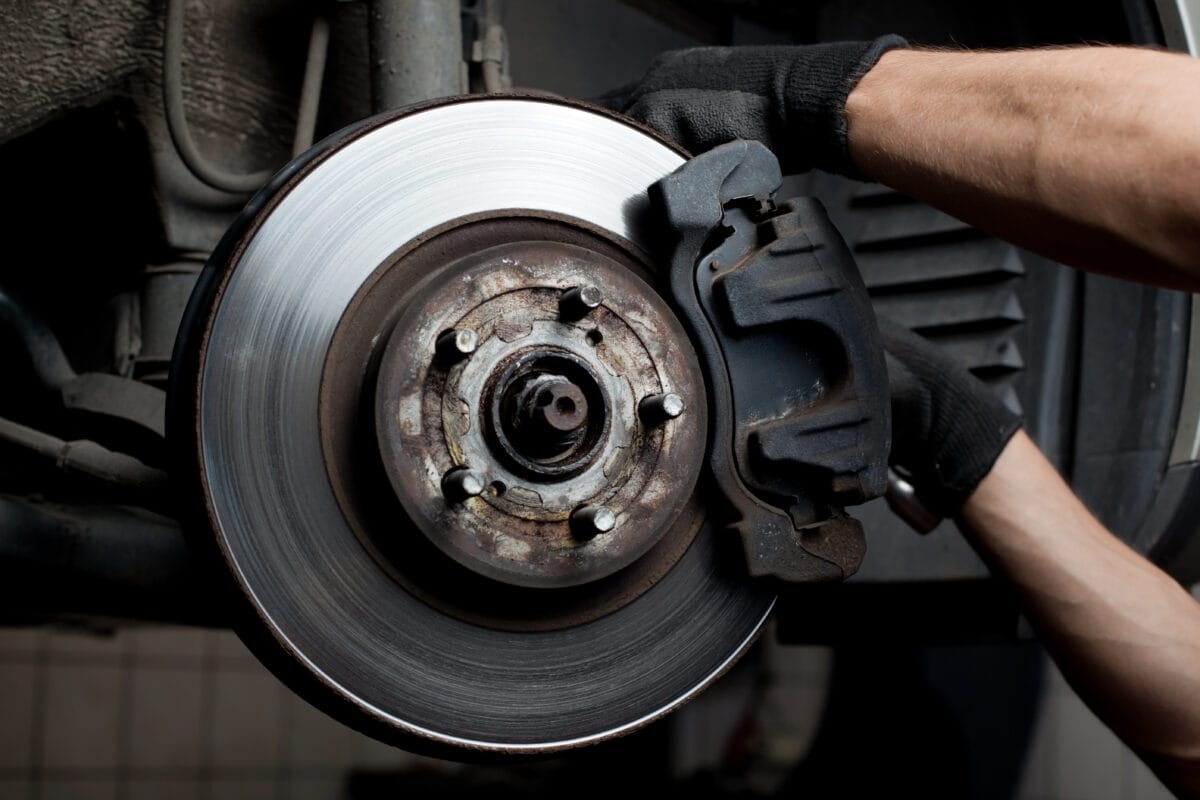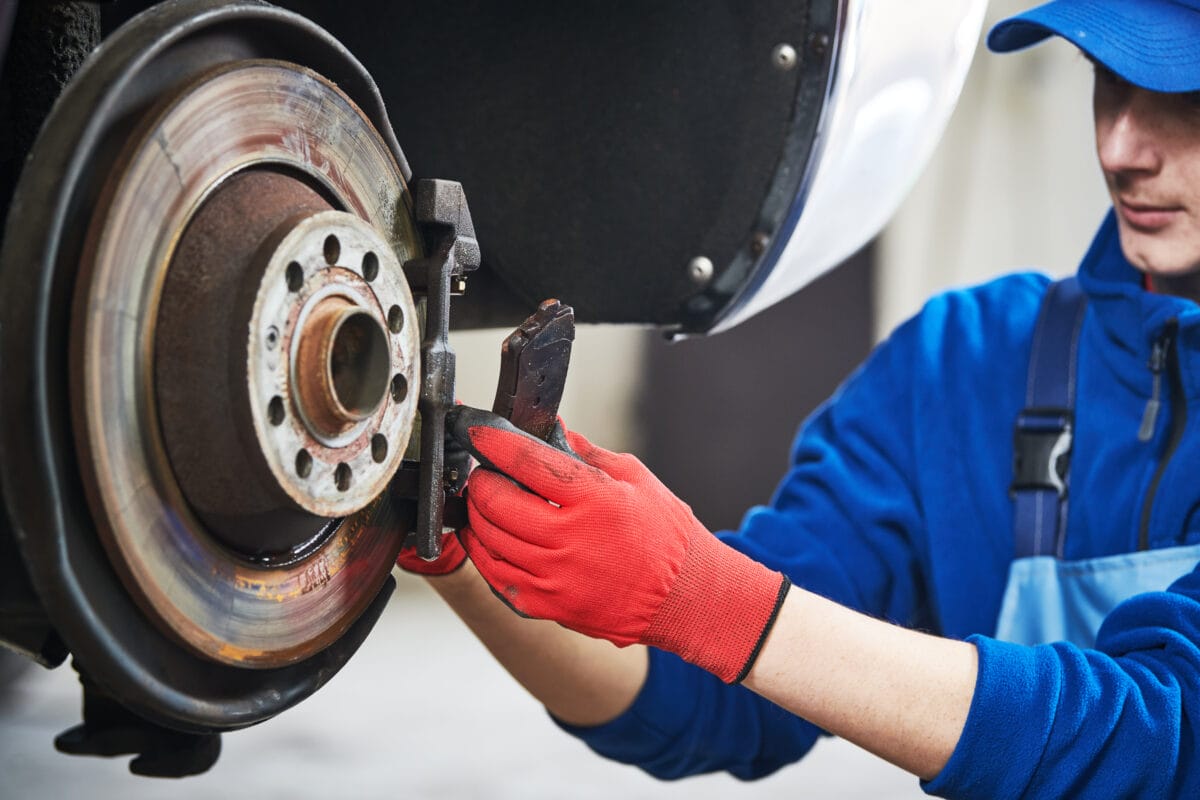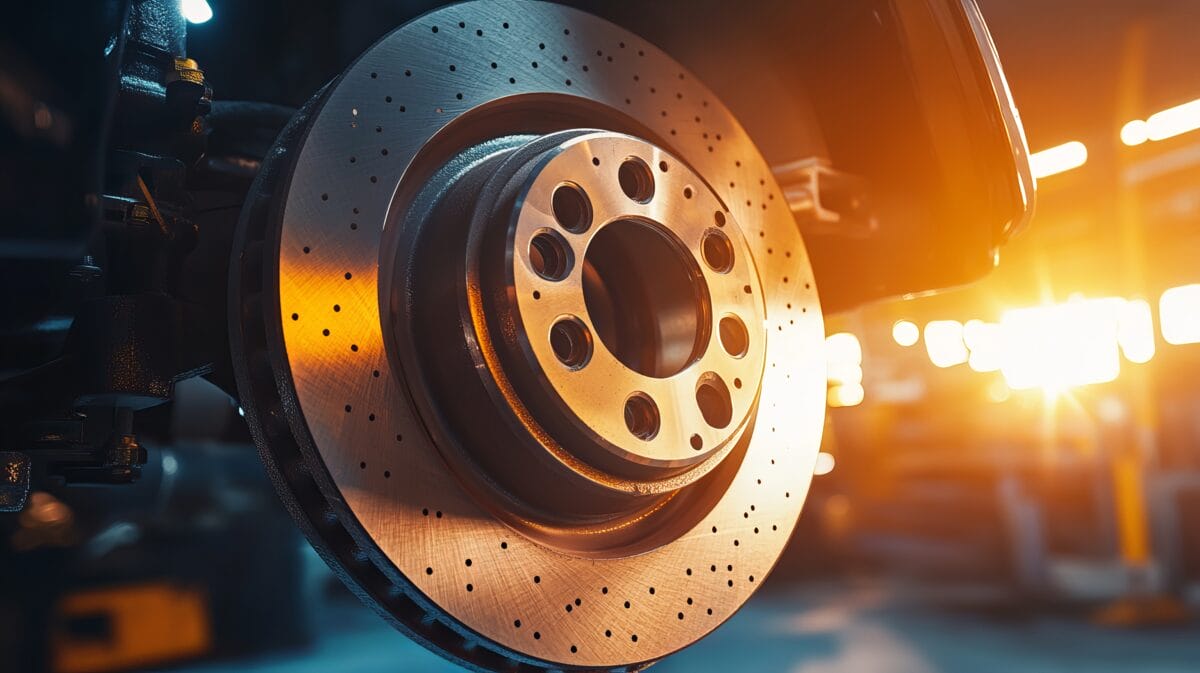When to Replace Brake Pads: A Guide to Ensuring Your Vehicle’s Safety and Performance

Discover the essential indicators and best practices for knowing when to replace brake pads in this comprehensive guide. From understanding the signs of wear to exploring the impact on your vehicle’s safety and performance, this article equips you with the knowledge needed to make informed decisions about your brakes. Whether you’re a seasoned car enthusiast or a casual driver, you’ll find valuable insights to help maintain your vehicle’s reliability on the road.
Understanding Brake Pads and Their Importance
What Are Brake Pads?
Brake pads are a crucial component of your vehicle’s braking system, designed to create friction against the brake rotors to slow down or stop your vehicle. They are typically made from various materials, which can affect their performance and longevity.
- Types of Brake Pads:
- Organic: Made from materials like rubber, glass, and resin, organic brake pads are quieter and produce less dust but wear out faster.
- Semimetallic: These pads contain metal fibers, providing excellent heat dissipation and durability, making them suitable for high-performance vehicles.
- Ceramic: Known for their longevity and low dust production, ceramic brake pads are ideal for everyday driving and provide a smooth, quiet stopping experience.
The role of brake pads in the braking system is to ensure effective stopping power while maintaining the safety and performance of your vehicle.
Why Brake Pads Wear Out
Brake pads wear out due to various factors, including:
- Common Causes of Brake Pad Wear: Frequent hard braking, driving in stop-and-go traffic, and carrying heavy loads can accelerate wear.
- Factors Affecting Brake Pad Lifespan: Your driving habits, the environment (e.g., hilly terrains or extreme weather), and the quality of the brake pads can significantly influence how long they last.
- Importance of Regular Maintenance: Regular inspections and timely replacements are essential to ensure your brake pads function effectively, preventing potential safety hazards.
Signs That Indicate It’s Time to Replace Brake Pads
Visual Indicators of Wear
Keeping an eye on your brake pads can help you identify when they need replacement:
- Thickness of Brake Pads: Most brake pads have a minimum thickness standard, usually around 3mm. If your pads are thinner than this, it’s time for a replacement.
- Uneven Wear Patterns: If you notice that one side of the brake pad is more worn than the other, it could indicate issues with the braking system that need addressing.
- Signs of Damage: Look for cracks or glazing on the brake pad surface, which can affect performance and safety.
Auditory and Sensory Signals
Pay attention to any unusual sounds or sensations while braking:
- Squeaking or Squealing Noises: These sounds often indicate that your brake pads are worn and may have a built-in brake pad indicator light that signals when replacement is necessary.
- Grinding Sounds: If you hear grinding, it could mean your brake pads are completely worn down and are damaging the brake rotors.
- Vibration or Pulsation During Braking: This sensation can indicate uneven wear or issues with the brake rotors, necessitating further inspection.

The Impact of Worn Brake Pads on Vehicle Safety and Performance
Safety Risks Associated with Neglected Brake Pads
Neglecting to replace worn brake pads can lead to serious safety risks:
- Increased Stopping Distance: Worn brake pads can significantly increase the distance required to stop your vehicle, which can be dangerous in emergency situations.
- Potential for Brake Failure: If brake pads are not replaced in a timely manner, it can lead to brake failure, increasing the risk of accidents.
- Importance of Timely Replacements: Regularly replacing brake pads is crucial for maintaining overall vehicle safety.
Effects on Vehicle Performance
Worn brake pads can also negatively impact your vehicle’s performance:
- Impact on Braking Efficiency: As brake pads wear, their ability to stop the vehicle efficiently diminishes, leading to a less responsive braking system.
- Consequences for Other Brake System Components: Neglecting brake pad replacement can cause damage to other components, such as rotors and calipers, leading to more expensive repairs.
- Long-term Costs of Delaying Brake Pad Replacement: Delaying replacement can result in higher costs down the line, as more extensive repairs may be needed.
Best Practices for Brake Pad Maintenance and Replacement
Regular Inspection and Maintenance
To ensure your brake pads remain in good condition:
- Recommended Inspection Intervals: It’s advisable to have your brake pads inspected every 10,000 miles or during regular vehicle maintenance.
- How to Check Brake Pads Yourself: You can visually inspect the thickness of the brake pads through the wheel spokes or by removing the wheel.
- Importance of Professional Inspections: Regular professional inspections can catch issues early and ensure your braking system is functioning correctly.
Choosing the Right Brake Pads
Selecting the appropriate brake pads is essential for your vehicle’s performance:
- Factors to Consider When Selecting Brake Pads: Consider your driving style, vehicle type, and the conditions in which you typically drive.
- Recommendations for Different Driving Styles and Conditions: For high-performance driving, semimetallic pads may be best, while everyday driving may benefit from ceramic pads.
- Importance of Quality and Brand Reputation: Investing in high-quality brake pads from reputable brands, such as Bridgestone Americas Tire Operations, can enhance safety and performance.
Professional vs. DIY Replacement
Deciding between professional and DIY brake pad replacement involves weighing the pros and cons:
- Pros and Cons of Professional Brake Pad Replacement: Professionals ensure proper installation and can identify other potential issues, but it may be more costly.
- Step-by-Step Guide for DIY Enthusiasts: If you’re comfortable with DIY, you can follow guides to replace brake pads yourself, but ensure you have the right tools and knowledge.
- When to Seek Professional Help: If you’re unsure about the replacement process or encounter complications, it’s best to consult a professional.

Recognizing the key indicators for brake pad replacement—such as visual wear, auditory signals, and the impact on safety and performance—is essential for maintaining your vehicle. Regular inspections and timely replacements will ensure your braking system functions optimally, keeping you and others safe on the road. Prioritizing brake maintenance is not just about performance; it’s about ensuring your vehicle’s safety and reliability for every journey.
With a scheduled service appointment at Consumer Tire, our team of ASE-certified technicians, along with state-of-the-art technology, can take care of all your vehicle’s maintenance needs. This includes new tires, tire balancing, tire rotation, and wheel alignment along with our other services. With nine work-bays, a professional team of technicians, and a reputation for dedication to doing quality work since 1962, you can rely on us to do the job right.

 Find a Location Near You
Find a Location Near You